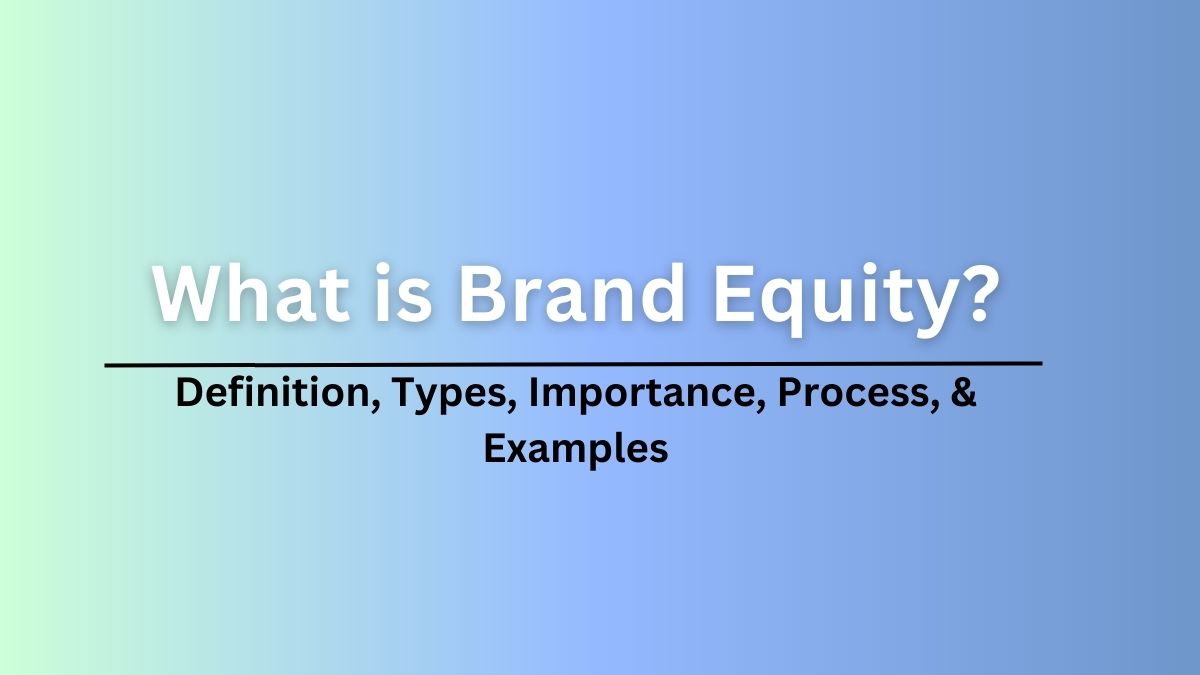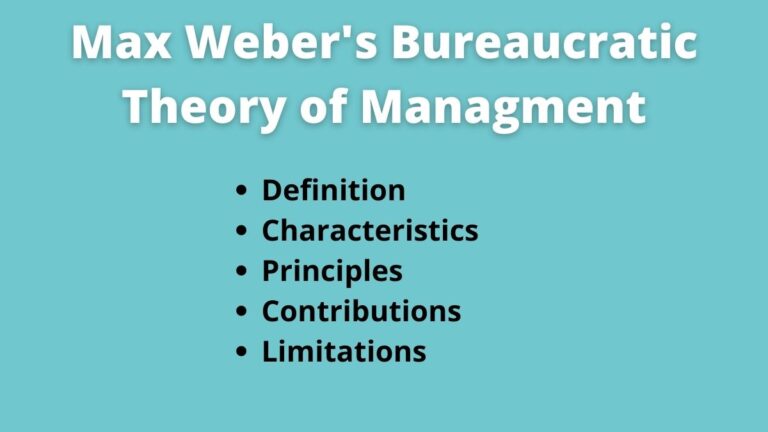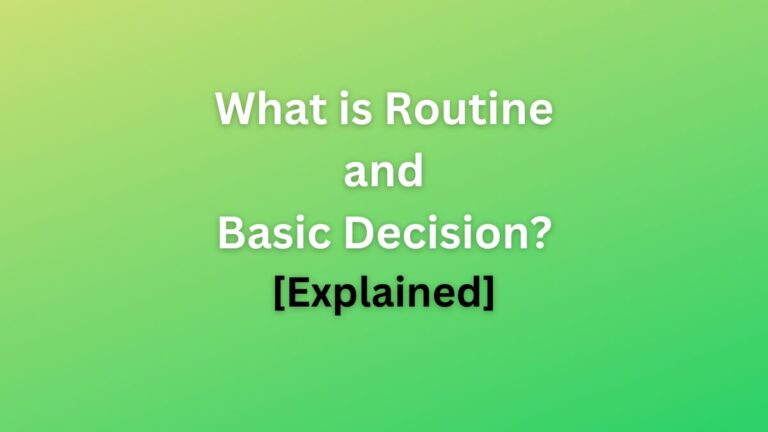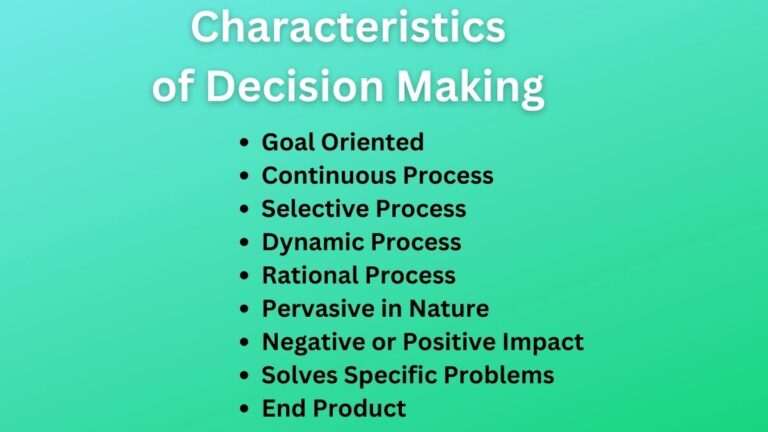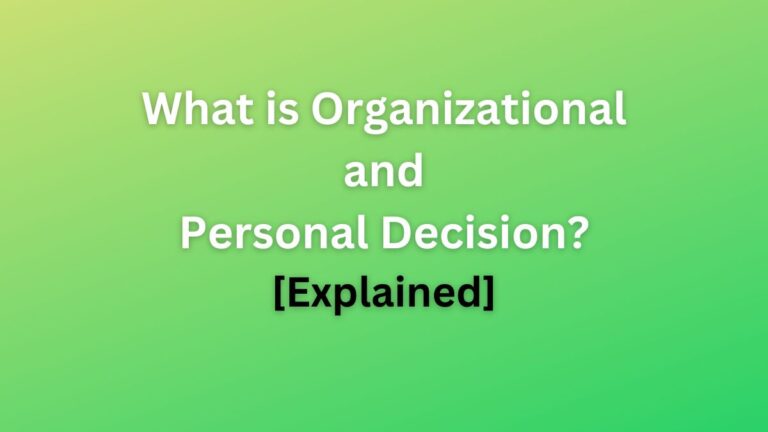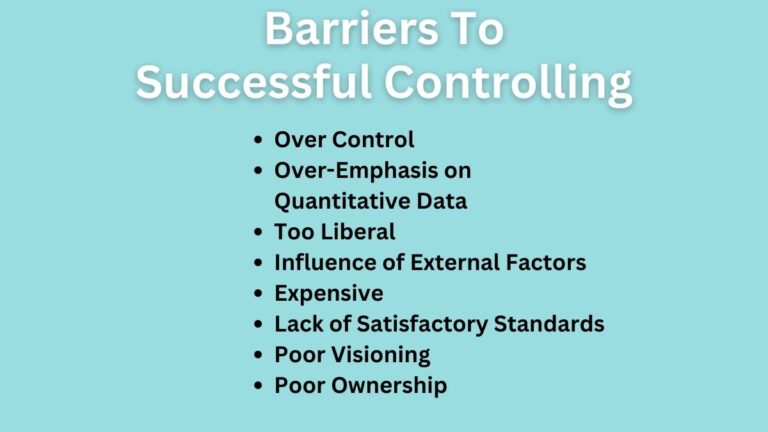What is Brand Equity? Definition, Types, Components, Process, Importance, and Examples
The market is saturated with different brands or products so consumers are enjoying different types of products most conveniently. When they use the products they have both positive and negative perceptions about the products. Does this lead to brand equity? Let’s find out.
What is Brand Equity?
Brand equity is the total value that consumers have about a particular brand or product as compared to other products in the market.
Brand equity is about how consumers distinctively perceive a particular product. It is attached to consumers’ perceptions, perceived values, feelings, and emotions. In other words, brand equity is the consumer’s valuation of a brand.
Companies create brand equity through awareness, preferences, and loyalty. When companies have positive brand equity, they can often charge a premium price for their products. Whereas, when they have negative consumers usually ignore such brands.
Thus, it is said that brand equity is the additional value consumers give to a particular brand because of their perception and experience with that brand. In effect, they admire and become more loyal to the brand. It further pushes the growth of the companies.
Types of Brand Equity
Brand equity can be either positive or negative. Let’s discuss both of them.
Positive Brand Equity
Positive brand equity refers to the positive perception and experiences of consumers of the brand. This happens when you deliver to the customers what you have promised and intended to do.
Consumers will admire your products when you best work on your promises. Positive brand equity is the most valuable asset for any business. With this, you can even charge higher prices for your products.
Consumers perceive such brands as stronger brands and seek to make a purchase from such brands as a favor to them.
Consumers further do not mind paying higher prices for the products they have a good perception thereby increasing your company’s sales, profit, and image in the market.
Negative Brand Equity
On the other hand, negative brand equity is when consumers have negative perceptions and experiences about your products. Such brand equities are unfavorable for the companies.
When you fail to deliver what you have promised to consumers, your brand loses its value in the market. Consumers are uninterested in such products and do not want to make transactions.
This usually happens when companies can not provide quality products, fail to meet customers’ expectations, and when they offer faulty products.
Also Read: What is Packaging?
Components of Brand Equity
Brand equity has the following six components. They are:
Brand Awareness
Brand awareness is the major component of brand equity. Brand awareness is the situation when consumers are aware of your products.
This is the initial phase of creating brand equity because it takes time for customers to get familiar with a product before it can begin to increase in value.
Brand Association
When you think about a brand or a product that is presented to you what impression do you have about the brand, this is the brand association.
A brand association is a lasting impression a customer has of a certain company. When a customer hears the name of a brand, this is the picture that pops up in his head.
Perceived Quality
The perception of consumers significantly influences their buying behavior.
The way a client perceives a product’s quality in relation to its capacity to live up to his expectations when weighed against the core benefit (core product) of the product is known as perceived quality.
Brand Experience
Customer interactions with a product and the brand as a whole are referred to as brand experiences. It encompasses not only the goods but also the pre-sale, sale, and after-sale experiences of the consumers.
Brand Preference
Brand preference is the decision a client makes to purchase a particular product over a large number of identical products that are offered on the market at the same or lower price.
Brand Loyalty
Consumers that continuously purchase from the same brand over time as opposed to purchasing from other suppliers in the same category are said to have strong brand loyalty.
If their brand’s product isn’t available, loyal customers won’t buy from various vendors or prefer to switch to any other brand.
Related: What is Consumer Buying Behavior?
Importance Brand Equity
It is an important asset for your business. Let’s find out what benefits it will offer to your company.
Gets an Identity
With brand equity, your business will have a distinctive identity in the market. In this way, consumers can easily recognize and memorize your brand over other brands.
Higher Profit
It further gives your business higher profits. Brand equity creates loyal customers for your business. These customers do not mind paying higher prices for your products. By charging premium prices you will have higher profits.
However, the best thing here is this does not hurt the sentiments of your loyal customers because they get what they had expected from you.
Competitive Edge
When customers are loyal to your brand, even if your product is unavailable for some time they can wait for your products. In addition, even if the competitors are selling similar products or even at lower prices they will choose your product. This gives you a competitive edge in the market.
Brand Extension
Since your brand has earned a positive image in the market. You can further expand your brands with the help of the image your previous brand has created.
Read Also: What is Product Life Cycle?
Low Costs
Good brand equity further gives you a low cost on promotion, advertising, and marketing activities. As you have loyal customers and positive value in the market, even with a little investment in your marketing activities you can reach a larger audience.
How To Develop Brand Equity?
Customers are not going to choose your products over other brands unless you put in some effort. Developing brand equity takes time as it grows with customers’ perceptions and experiences.
It usually involves customers’ natural relationship with the brand. Let’s discuss the process the brand equity is built with.
Awareness
The first step in the process of brand equity is building awareness. It is where the product is introduced in the market and the consumers get the message that the product is at their place.
In this first step, you should do promotion and advertising of the product. When the product is new most are unaware and even if some are aware customers hesitate to make a purchase.
They may want to know more about a product before they buy. As such, you should adopt informative marketing strategies. It is the same as the first stage of the product life cycle (PLC).
Recognition
Advertising works on a mass scale. Only making customers aware of your product does not lead to sales. You should ensure that your product is recognizable to them.
Before buying, they may have different questions about your product – be available for them to answer the questions they have in their mind.
Your goal in this step should be to make your target customers familiar with your product and ensure they recognize your product whenever they see it in the market.
Trial
So far customers have recognized your product and know what it stands for. At this stage, consumers give a try to the product.
At this time, after using the product they will compare what was written in your promotion campaign and what you have promised to offer to consumers with your product.
Preference
At this stage, consumers thoroughly compare the product with the purpose of your product. They will now have either positive or negative brand equity.
If your product has worked well on its promises and met customers’ expectations, then it will become a preferred choice of the consumers. On the other hand, the inability of your product to work on its promises saddens the consumers.
Also Read: Stages of Product Development
Loyalty
After continually your product works well with the customer’s expectations. It leads to the continuous good brand experiences of customers.
This further makes consumers loyal to your brand. Customer loyalty is a valuable asset for your company. They do not just are your regular customers, in addition, they are a great yet free source of bringing more customers to your product.
Examples of Brand Equity
Let’s look at some examples.
Let’s take the example of Apple’s iPhone, it is one of the most promising smartphones in the market. Further, Apple has its Mac computers widely loved by consumers. Overall, the people have a good perception and experience with the Apple company, this is a good example of positive brand equity.
From 2009 to 2011 Toyota recalled almost 9 million cars due to unintended acceleration and anti-lock brake software issues. This has severely affected the experience of the consumers with Toyota. This is an example of negative brand equity.
Read Next: What is Industrial Product?
Sajan Kushmi is a content writer with more than 4 years of experience. He holds BIM Degree. He write on the topics related to Management, Marketing, and Entrepreneurship.
